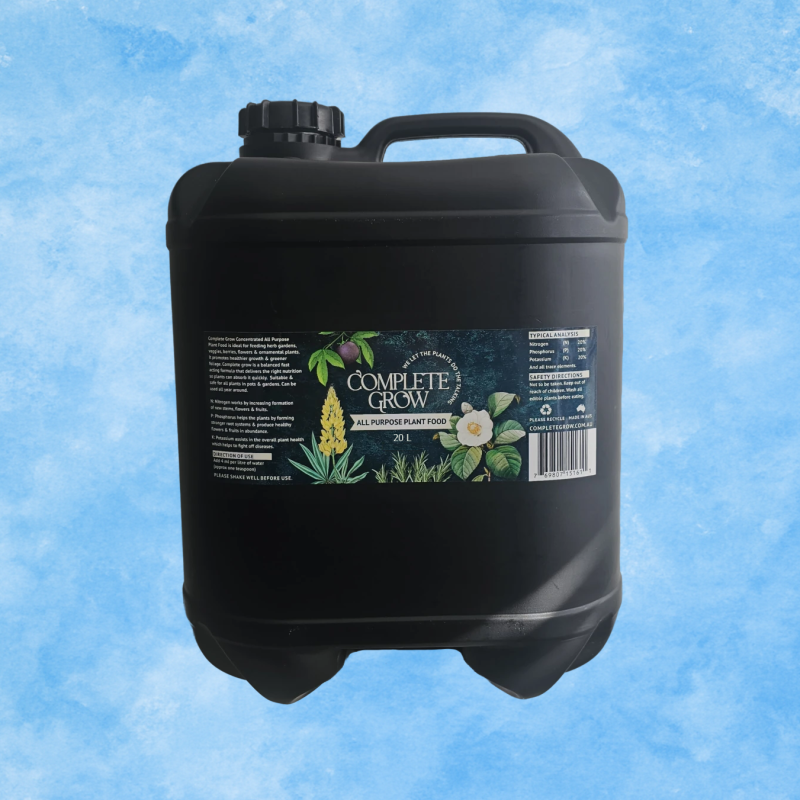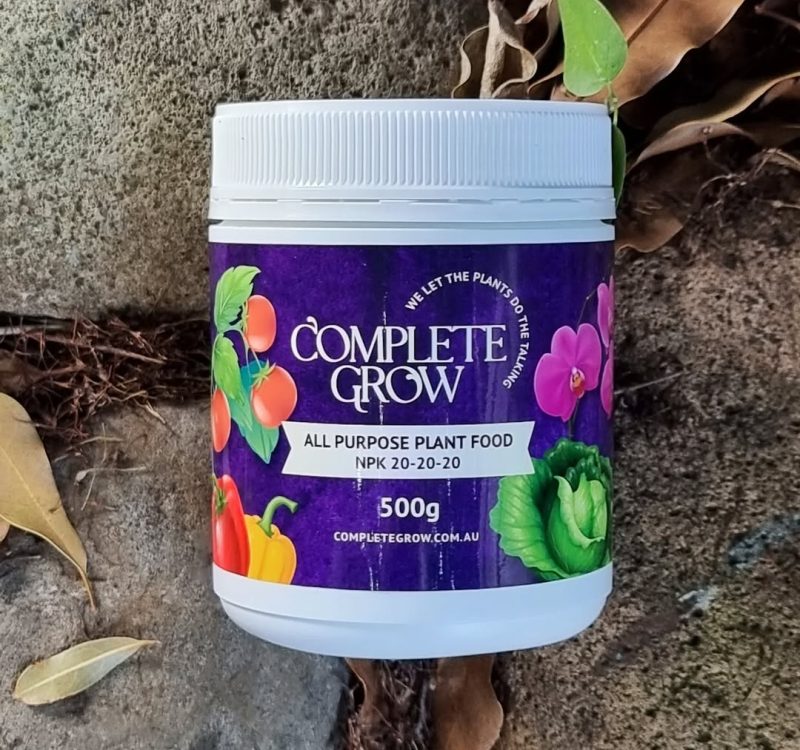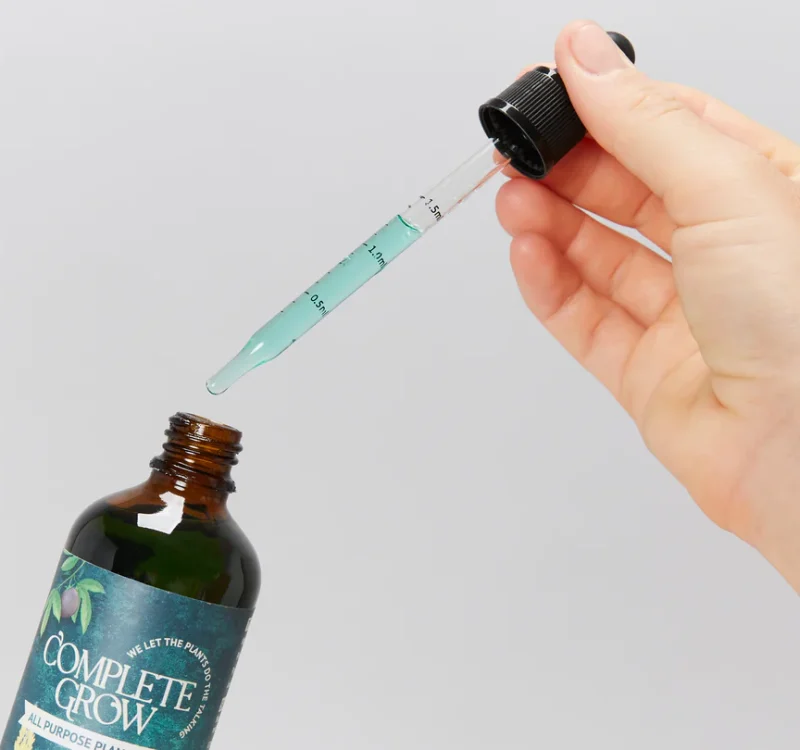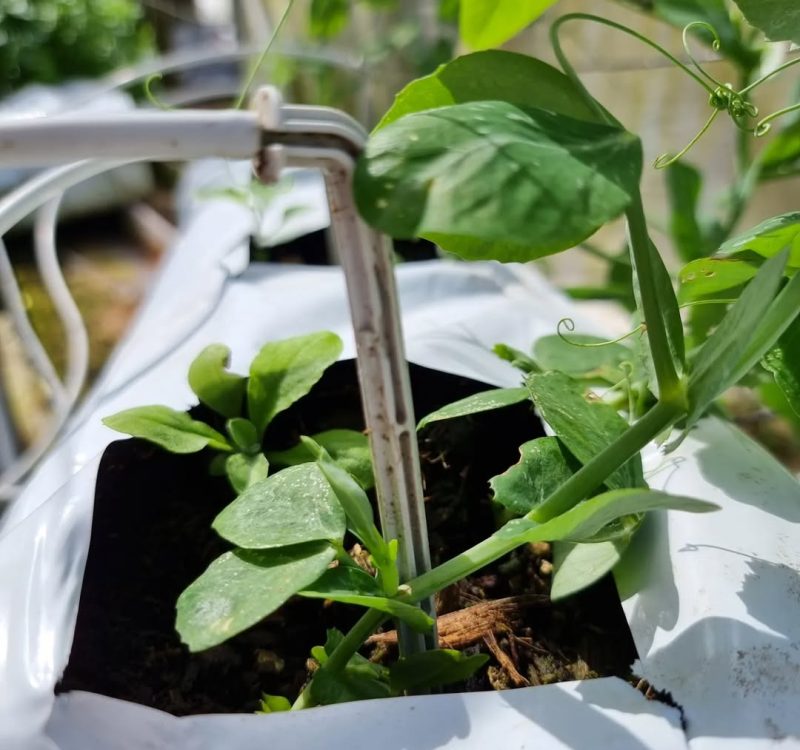oak trees
Transform Your Garden into a Personal Paradise!
Best Fertilizer for Oak Trees: Long-Term Growth & Feeding Strategy
Oak trees (Quercus spp.) are iconic, long-lived hardwoods known for their broad canopy, resilience, and ecological value. From live oaks and pin oaks to English and scarlet varieties, these trees play a foundational role in parks, farms, streetscapes, and large gardens across Australia. While many mature oaks thrive for decades with minimal input, strategic fertilisation helps establish young oaks faster, supports trees under stress, and enhances foliage density, acorn yield, and root development in challenging conditions.Common Oak Tree Types in Australia
Although oaks are native to the Northern Hemisphere, several species have been successfully cultivated in temperate regions of Australia:- Pin Oak (Quercus palustris): Popular in street planting and urban landscaping. Fast-growing with strong autumn colour. Tolerates wet soils but prefers good drainage.
- English Oak (Quercus robur): Classic shade tree with deeply lobed leaves. Best in cooler climates; slower to establish but highly durable.
- Scarlet Oak (Quercus coccinea): Known for brilliant red autumn foliage. Thrives in full sun and acidic to neutral soil.
- Live Oak (Quercus virginiana): Evergreen oak adapted to mild coastal and subtropical climates. Long spreading branches and deep roots.
Planting Conditions & Site Prep
- Sunlight: Full sun is essential—minimum 6 hours per day for canopy density and leaf health.
- Soil: Oaks prefer loam to sandy loam with pH between 5.8 and 7.2. Avoid highly alkaline sites unless amended with sulphur or organic matter.
- Spacing: Allow 8–12 m between large oaks; at least 5 m from foundations or structures.
Watering Guidelines
Young oak trees require consistent moisture. Water deeply every 7–10 days during the first two summers. Mature trees are drought-tolerant but benefit from deep watering during dry spells to support acorn production and maintain canopy volume.Pruning & Growth Management
Limit pruning to late winter or early spring. Avoid removing large limbs during peak growth. Fertiliser should be applied 4–6 weeks before any major structural pruning to support energy recovery.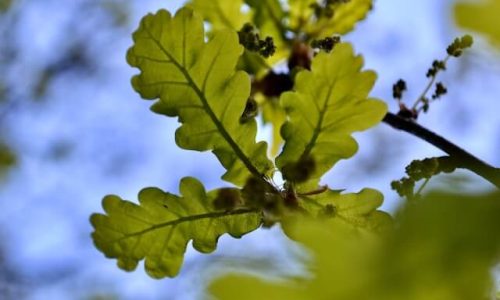
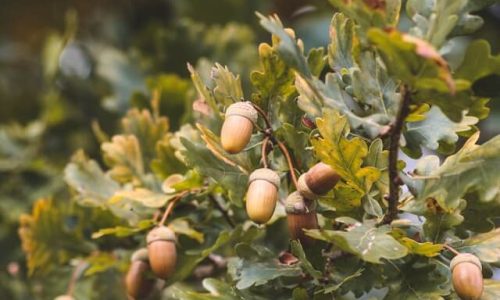
What Nutrients Do Oak Trees Need?
Oak trees are relatively low-maintenance, but they still rely on balanced nutrients to maintain root health, leaf function, and long-term structural strength. Unlike fast-growing fruit trees, oaks have slower annual growth but can live over 100 years—making nutrient stability more important than aggressive feeding.Key Nutrients for Oak Trees:
- Nitrogen (N): Promotes canopy fullness and leaf colour. Young oaks benefit from moderate nitrogen for establishment, but excess nitrogen can cause weak wood and overgrowth.
- Phosphorus (P): Crucial for root system development and early structural wood formation. Supports transplant success and drought resilience.
- Potassium (K): Improves cellular strength, disease resistance, and drought tolerance. High potassium helps mature oaks cope with heat and urban stress.
- Calcium & Magnesium: Support leaf formation, wood hardening, and photosynthetic health.
Soil Health for Oaks
Oaks are adaptable to different textures but prefer soil that drains freely yet retains some organic matter. Heavy clay should be broken up and amended with compost or coarse sand. Sandy soils benefit from added organic matter and mulch. Monitor pH regularly:- pH below 5.5: May limit calcium and magnesium availability.
- pH above 7.5: Can cause iron chlorosis (yellowing between leaf veins).
When to Fertilise Oak Trees
- Spring (Sept–Nov): Best time to feed young and mature oaks. Apply a slow-release or liquid fertiliser before new leaves emerge.
- Early Summer (Dec): Optional booster application if growth is weak or soil is poor.
- Late Summer–Autumn: Avoid feeding as the tree prepares for dormancy. Late nitrogen promotes weak growth prone to frost damage.
Common Fertiliser Mistakes
- Using lawn fertiliser with high nitrogen—it forces fast growth, weakens wood, and attracts pests.
- Applying granular fertiliser too close to trunk—it burns surface roots and damages cambium layer.
- Overfeeding older trees—they prefer infrequent, deep nutrition rather than monthly top-ups.
In poor soils or high-traffic urban sites, fertiliser becomes not just a bonus—but a key part of keeping oaks structurally sound and long-lived.

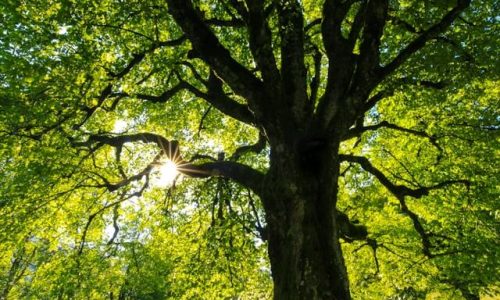
Long-Term Oak Tree Care: Seasonal Maintenance & Common Issues
Oak trees typically don’t show nutrient problems until deficiencies are well developed. By the time you see yellowing leaves, slow twig growth, or canopy thinning, soil nutrition may already be imbalanced.
Signs Your Oak Needs Fertiliser
- Slow spring leaf-out or sparse new branches
- Yellowing between veins on young or mid-aged leaves
- Thin canopy with light passing through heavily
- Early leaf drop (especially in pin oaks)
Other Care Tips
- Mulch: Maintain a 5–8 cm mulch ring under the drip line. Keep mulch 10 cm away from trunk base.
- Watering: Deep soak trees during long droughts, especially in summer. One long soak every 2–3 weeks is better than frequent light watering.
- Aeration: Every 3–5 years, aerate compacted soil with a garden fork to improve oxygen and water flow to the roots.
Frequently Asked Questions
What is the best fertilizer for oak trees in poor soil?
A balanced NPK formula with moderate nitrogen and strong potassium works best—especially in sandy or compacted conditions.
Do I need to fertilise old oak trees?
If the tree is healthy, no. But if under drought, construction stress, or canopy decline, a seasonal feeding can help recovery.
Can I fertilise during pruning?
Yes—apply 4 weeks before heavy pruning for best energy recovery and shoot regrowth.
What month should I fertilise my oak tree?
September to early November is ideal across most regions in Australia.
To simplify oak tree fertilisation, we recommend our CompleteGrow 20L Bulk Liquid NPK Fertiliser (20-20-20). This versatile formula supports root health, leaf production, and structural strength—perfect for young and mature oaks alike. Use as part of your spring deep watering routine to promote healthier, greener trees all year round.


